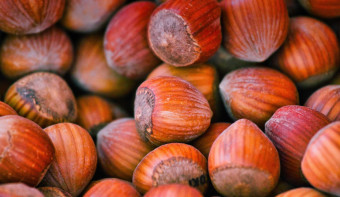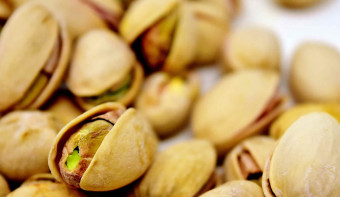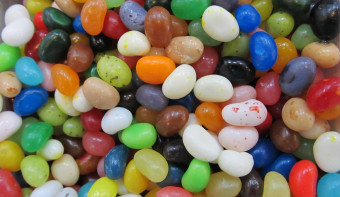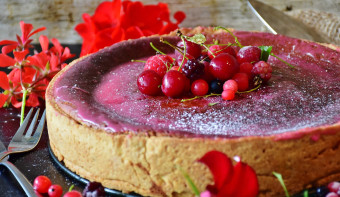About National Walnut Day
National Walnut Day was created to promote the consumption of walnuts and the first National Walnut Day was proclaimed by the Walnut Marketing Board in June 1949.
On March 3rd 1958, a Senate Resolution was introduced by William F Knowland. The Resolution was signed by President Dwight D Eisenhower on the first National Walnut Day which was on May 17th 1958.

Fun Facts About Walnuts
- The impressive little walnut is botanically classified as a fruit, but it is technically considered a tree nut.
- Walnut trees grow at a rate of 24 inches per year reaching 40 to 60 feet tall and can produce walnuts for more than 100 years.
- Walnuts have a formidable shell that resembles a human head, so ancient Greeks referred to them as karyon (meaning head). Crack open that tough exterior and you’ll find bumpy textured meat that bears a marked resemblance to the brain.
- Walnuts are among the oldest tree food known to man, being traced back to 7,000 B.C.
- Ancient civilizations made walnut milk for a sweet refreshment, and many people still enjoy walnut milk today. Try this walnut milk and cherry berry smoothie, filled with tart cherry juice, a spoonful of honey, sweet strawberries, and walnut milk, for a refreshing snack.
- Tasty California walnuts are used for more than their milk, too. They add delicious flavor and texture to many recipes with their subtle flavor and creamy texture. Have you ever had walnut butter or walnut hummus? This recipe for Roasted red pepper and walnut hummus, made with savory chickpeas, hearty walnuts, and a blend of spices, makes a great snack to serve while celebrating National Walnut Day.
- In India, Prabhakar Reddy P crushed 212 walnuts by hand in a single minute to break the world record in August 2017. The previous year, Muhammed Rashid from Pakistan cracked 181 walnuts against his head in the same amount of time. Headaches aside, that’s pretty impressive.
- Toasting walnuts is a great way to add extra flavor and texture to your favorite meals and snacks. California Walnuts has all the info you need to get your toasted walnuts just right.
- Walnut powder and shells are often used to make natural soaps that are great for gifting. Of course, they’re great for pampering yourself, too!
- If you’re looking for some fun activities to do with your kids, use some whole walnut shells and make crafts like little boats, ornaments and reindeer. Just grab some glue, markers, and felt, and let your imagination and creativity take over!
- For those of you looking for a plant-based alternative to meat, walnuts are the answer to your foodie dreams.
- Many people keep walnuts in their pantry, but they are actually best stored in the fridge or freezer. Once open, put them in an airtight container and store them in the freezer to maximize their shelf life.
- Santa Barbara, California is known as the birthplace of modern walnut production. In the 1870s, orchard planting began in this central California city and the trees thrived in its Mediterranean-like climate. Today, the Central Valley of California is the state’s prime walnut growing region. Its mild climate and deep fertile soil provide ideal growing conditions.
- Walnuts are an excellent source of omega-3 ALA (2.5g/oz), deeming them a heart-healthy* addition to your diet. They also contain 4 grams of protein and 2 grams of fiber per ounce.
- California produces roughly one billion pounds of walnuts annually, accounting for more than 99% of the American supply and two thirds of the world trade.
Similar Observances
Other Observances on May 17th 2025
International Day Against Homophobia, Transphobia and Biphobia
Find out the dates, history and traditions of International Day Against Homophobia, Transphobia and Biphobia
Read More
Read More
National Famine Commemoration Day
Find out the dates, history and traditions of National Famine Commemoration Day in Ireland.
Read More
Read More












